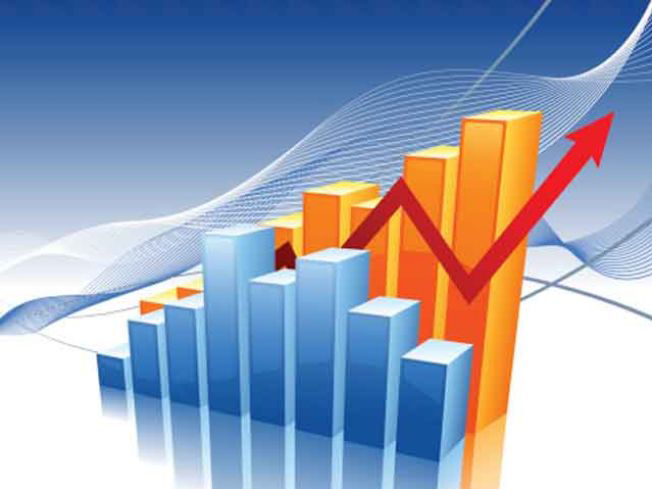Payroll
Economists Say Economy Making Progress, While Businesses Slow on Hiring
A recent report shows companies added 177,000 workers this month, the smallest advance since March, according to the ADP Research Institute.
Sep. 13, 2023

By Reade Pickert and Augusta Saraiva.
Bloomberg News (via TNS).
The U.S. economy made more limited progress in the second quarter than initially estimated while separate data showed employment growth is moderating.
Gross domestic product rose at a 2.1% annualized pace in the second quarter, representing a markdown from the government’s previous estimate as business investment in equipment and inventories were revised lower. In the first quarter, the economy expanded at a 2% rate.
Another report Wednesday showed companies added 177,000 workers this month, the smallest advance since March, according to the ADP Research Institute. Hiring in leisure and hospitality, which has been a main driver of payrolls growth recently, was the weakest in more than a year.
Even with a more tempered pace of hiring, the labor market remains resilient. That’s underpinning household demand, which is expected to help the economy accelerate in the current quarter. Moreover, the GDP data showed companies have made considerable headway trimming bloated inventory that has been constraining production.
A gauge of the income generated and costs incurred from producing goods and services — gross domestic income — rose 0.5% after contracting in the prior two quarters, Bureau of Economic Analysis figures also showed Wednesday.
The average of the two measures rose 1.3%, the most in nearly a year. The group that officially determines the timing of business cycles watches the average closely.
While that strength has led many to push out their recession forecasts — or scrap them altogether — a sustained acceleration in activity could force the Federal Reserve to step on the brakes harder to ensure inflation continues to fall.
Corporate profits
The report also includes the government’s first estimate of corporate profits in the quarter. Adjusted pretax corporate profits fell 0.4% in the April to June period, reflecting a drop at financial corporations. From a year earlier, profits were down 6.5%.
A measure of US profit margins widened. After-tax profits as a share of gross value added for nonfinancial corporations, a measure of aggregate profit margins, rose in the second quarter to 14.3% from 13.8%.
Meanwhile, key inflation gauges watched closely by the Fed were revised lower. The personal consumption expenditures price index excluding food and energy rose at a 3.7% pace in the second quarter, the slowest in more than two years.
Separate figures Wednesday showed a widening in the July merchandise trade deficit, while retail inventories rose less than the prior month.
___
©2023 Bloomberg L.P. Visit bloomberg.com. Distributed by Tribune Content Agency, LLC.
